Today marks the beginning of distillery month here on Traveling Savage, and I’m starting with a doozy. Before I get into the heart of my visit, I want to let you know I have some very exciting news that I’ll share at the end of this post. Keep reading!
Visiting every whisky distillery in Scotland is a solemn duty and privilege and a task unlikely to be accomplished any time soon. Every year new distilleries open, further adding to my dastardly workload. Kilchoman and Daftmill are a couple of Scotland’s more recent additions, and Strathearn Distillery, which just celebrated its three-year anniversary in August, is another one.
Strathearn Distillery is situated in the heart of Perthshire, just a short drive west of Perth near the farm community of Methven. This is a pastoral part of Perthshire dedicated more to farm fields and rolling hills than the forests around Pitlochry and Dunkeld to the north. I arrive on a brisk November morning to meet Tony Reeman-Clark, founder and owner of Strathearn and a man of class and warmth. As I walk into the distillery’s small office, which is lined with bottles of all shapes and sizes and filled with a spectrum of liquors, it’s instantly clear he loves his work. He fell in love with whisky six years ago when he figured out how to enjoy it without a hangover, and he ultimately left a corporate career three years later to open this distillery. I see my own life’s arc in his.
As we finish up some coffee and head from the office, Tony tells me that Strathearn is “probably Scotland’s smallest whisky distillery,” which is a wise phrasing given the current growth of the whisky industry in Scotland. The truth is that they are currently Scotland’s smallest whisky distillery, and being small has its benefits. I learn this firsthand as we step into Strathearn’s small warehouse where less than 100 miniature casks rest on wooden racks. Among the standard oak barrels are strange woods — pear, cherry, mulberry, chestnut, and acacia — a thing I’ve not seen in all my distillery visits. What sorcery is this?
Tony likes to experiment. He likes to swim into Scotland’s past and dredge up lost traditions. He is at once analytical and some might say reckless, the kind of character cocktail which can yield wondrous alchemical discoveries. Oak is not the only wood that can impart desirable flavors into newmake spirit. On the contrary, there are many, and Tony explains how the modern definition of Scotch whisky (it must spend at least three years aging in oak casks in Scotland) is a purely political stipulation decreed during World War I. I won’t pretend to be an authority on this patch of history, but the gist is that the USA was heading toward prohibition and it was in their interests for Scotch to be less available, and it was in the interests of the UK for the USA to enter the war. Ah, politics.
Prior to WWI distillers would have used whatever barrels they could get their hands on, and so it is today at Strathearn. They are licensed to distill any- and everything, and they don’t allow dogma to direct any part of their process, perhaps aging least of all. Whisky, sure, but they also make many kinds of gin (peated malt gin!), brandy cider, beer brand, rum, and spirits which have no names. They put these spirits in all of the woods mentioned above, and then they play. Lets make a rum and put it in a cask that was used to age whisky! Tony’s eyes light up as he ticks off the possibilities. Such experimentation would be too costly to undertake in bigger distilleries, for there will certainly be failures and failure, like success, scales.
These are not all of Strathearn’s casks — they have some at Tullibardine Distillery and some in Glasgow, too — but perhaps these are the nearest to bottling. Having just passed their three-year anniversary they can officially market Strathearn’s Scotch whisky. Tony put the first 100 bottles up for auction, and the response from the whisky community was tremendous.
Leaving the delightfully scented warehouse we come to the all-in-one brewhouse/stillhouse. There are barrels, buckets, and receptacles scattered around the floor, pipes running along the walls, and horses whinnying somewhere outside. This is a busy place, and half of Strathearn’s small team of five guys is engaged in the work of making spirits. Tony takes me up a metal staircase to where sacks of Maris Otter barley wait to be dumped into one of their two steel fermenters. Most distilleries use Golden Promise barley as the backbone of their whisky, so Maris Otter, which is traditionally a brewer’s barley, is an interesting choice. It all ties back to Tony’s historical vision: Whisky is made by first making beer. The guys in the hills centuries ago would have learned that their beer, which was good enough to drink, of course, lasted longer if they used juniper or bog myrtle or sage as a preservative (hops aren’t native to the UK), but nothing preserves beer like distilling it. Then it lasted through the winter!
Making a good beer is important to Tony, and so they have a brewer’s house inside Strathearn. Believe me, you do not want to drink the “beer” most distilleries make, but here at Strathearn Tony says the beer is “eminently drinkable.” They begin the mash at 62-64C and leave it sit for 1.5 hours, which is a long time for such a small mash tun. They sparge it at 77C and that’s it. They only use two waters to remove the sugars from the barley where all major distilleries use at least three, sometimes even four. The problem with that, Tony informs me, is that these hotter and hotter sparges strip out some of the tannins from the barley and add an unpleasant bitterness to the beer. Strathearn winds up with a wash at 1084 gravity, which yields a 10% ABV beer that has been temperature-controlled so it never goes about 22C, a throwback to brewers of old who were subject to Scotland’s chilly environs.
The wash ferments for five days, an incredibly long time in the whisky industry, which generally considers any time beyond 48 hours to be long. Lactobacillus comes through at the end with citrusy notes, the bacteria adding complexity to the final product. Tony is full of stories — in fact, almost every piece of equipment at Strathearn has a story hanging from it — and he tells me that the secret is the process. Give a good chef mediocre ingredients and he’ll make a wonderful meal, but give a bad chef wonderful ingredients and he’ll make you want to puke. Tony should know. He used to teach Chinese cuisine.
A pair of bulbous copper pot stills form the heart and soul of Strathearn. The bigger of the two stills, Bella the Stripper (trust me, there’s a story), holds 1000 liters while Wee Erin, the spirit still, holds 500 liters. Both stills have steam coils inside, a practical necessity that went against Tony’s desires for gas-fired stills. He’s chasing a lovely caramelization, a biscuity “malteser” flavor he sought from his brewing days that can happen to the low wines when distilling when you run a still very slowly. The business-first nature of the whisky industry forces most distilleries to run their stills fast and hot in the name of production quotas, but there is an art to distilling that you sacrifice using such means. You collect more spirit, but some, like Tony, would say it is of inferior quality.
This strikes at the heart of his quest to make the hangover-free whisky. It’s all about the cut points during the spirit distillation. When you run stills too hot, the compounds in the spirit bleed across the ABV spectrum, muddying up the cuts. The “heads,” or beginning of a spirit distillation, are rife with unpleasant compounds, most notably methanol which is known for its ability to cause blindness. A slow distillation allows the distiller to make sharp cut points and ensure the following heart cut is clean and pure. When spirit begins dripping off the still around 82C, they dial back the heat and run Wee Erin very slowly. That means a distillation can take eight hours! That’s another luxury the big boys don’t have. The distillers at Strathearn make these cuts with their senses — you won’t find a spirit safe here — just like distillers of old. Tony likens their operation to the slow-food movement. Strathearn is the vanguard of the slow-distilling movement.
We return to the office where Tony pours me a couple small tastes of their work: A peated gin aged in chestnut wood casks (wow!) and a chimera using bere barley and mizunara wood that was two weeks old but tasted like it had sat for ages. He tells me how gin is the root of all whisky and that chestnut wood is wonderful for aging, and I sit enthralled by this Merlin of Methven. Strathern is probably Scotland’s most exciting distillery.
Tony and his men are a tight-knit team. The camaraderie is evident, and their quest is just. Modern methods are not always the best, and while the big distilleries are innovating to produce more and more whisky, Strathearn is innovating by resurrecting the past, focusing on traditional methods, and staying true to the process. Perhaps they will expand, but if they do, Tony says, it will be horizontally — more stills not bigger stills.
Strathearn is too small to provide standard tours, but they do entertain visitors by appointment. One of the more popular activities is coming to the distillery to work with the team and experience the whole process as a temporary member of that team, which brings me to the news I promised at the beginning of this post:
In just over three weeks I will be returning to Scotland to work at Strathearn for a week! Working at a distillery has long been on my wish list, and I was so impressed by Tony’s philosophy and Strathearn’s products that I knew I had to seize this opportunity. I will be covering each day at the distillery with a dedicated blog post, and hopefully I can coerce the guys to take some pictures while I’m getting my hands dirty. And I won’t be going alone. A good friend of mine who is a professional brewer will be joining forces with me, so you can expect some excitement from the road!
Disclosure: Strathearn Distillery provided me with a personalized visit. All thoughts and opinions expressed here, as always, are my own.

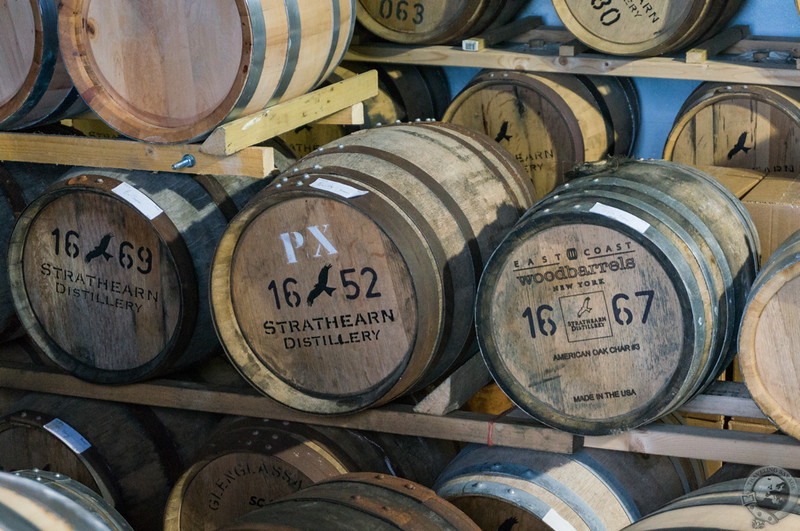
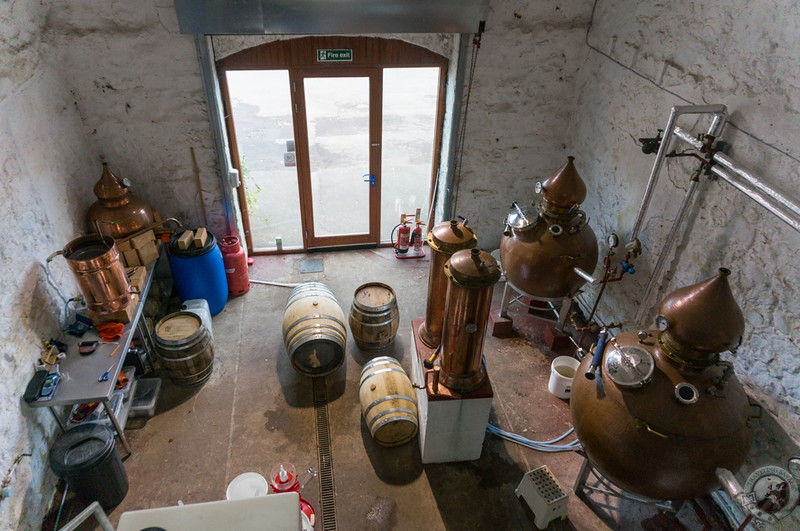
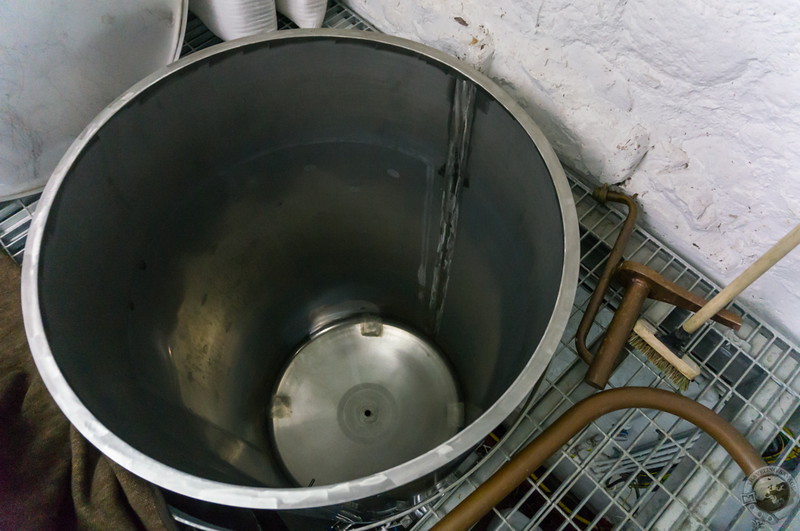
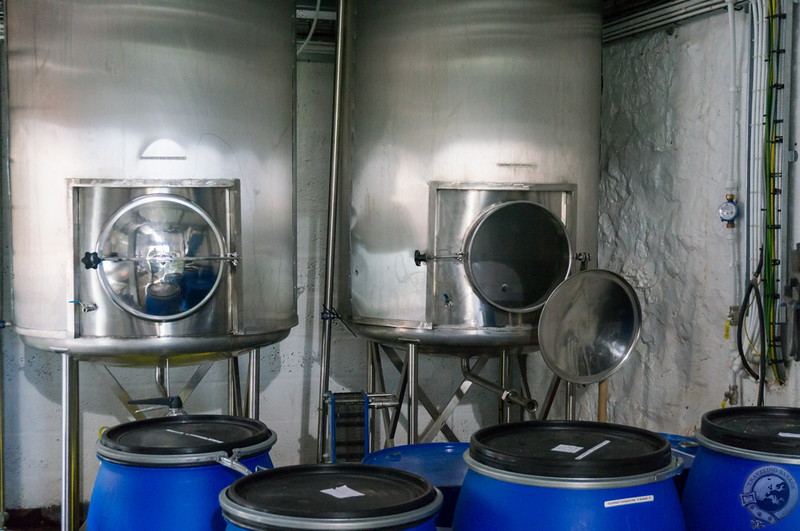
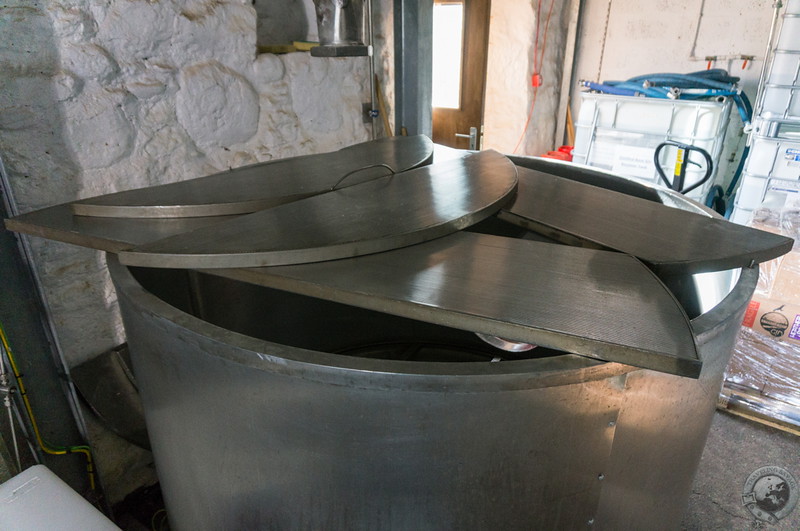
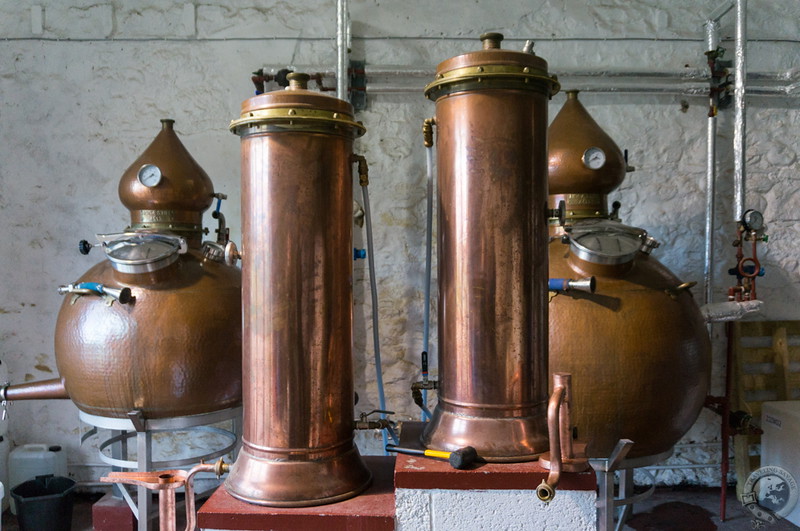
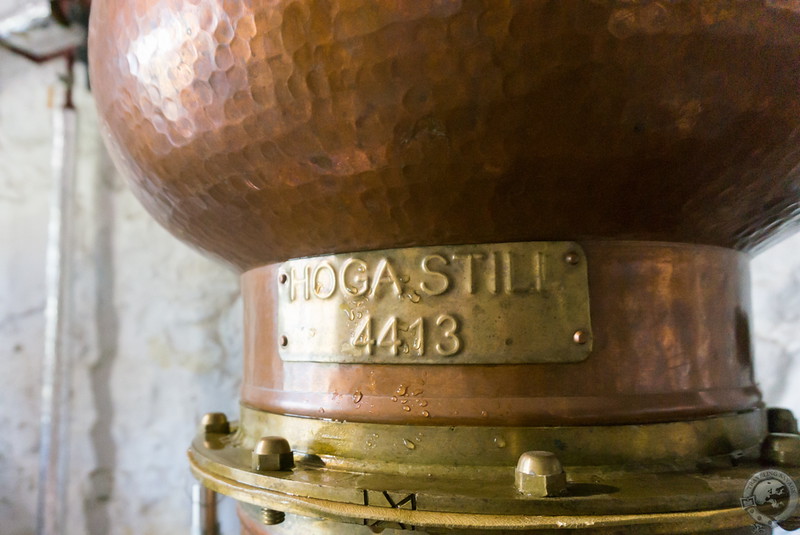
So exciting! As always, I can’t wait to read the upcoming posts. Makes me want to have a wee dram!
Nicely written Keith! I enjoy reading your article, it’s very informative. Thanks for sharing.
[…] the last couple of weeks I’ve written about Strathearn Distillery and Wolfburn Distillery (the 600th post on Traveling Savage!), and I’m continuing distillery […]
[…] Trust, and among my many activities was a visit to probably the smallest distillery in Scotland: Strathearn Distillery. Tony and the guys there were so friendly and welcoming, and I loved the historical bend of their […]
[…] large-scale distilleries have mostly computerized. Places like Benromach, Kilchoman, Daftmill, and Strathearn all provide insight into the old ways of uisge beatha, but perhaps Edradour, as the smallest […]